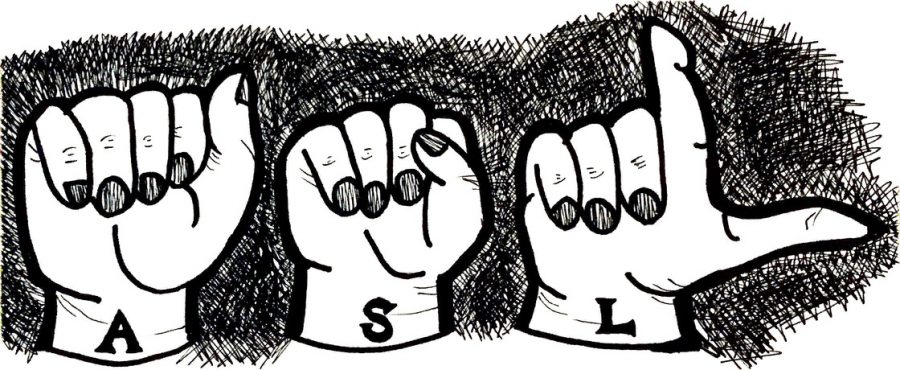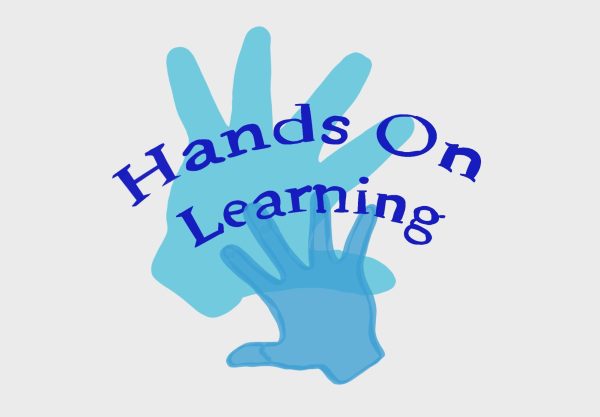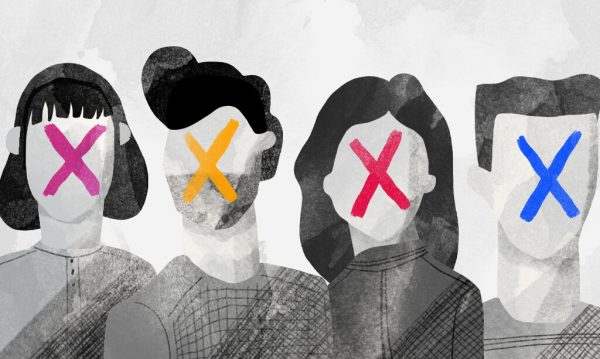WHS Should Provide American Sign Language Classes for Students
In 2018, Starbucks opened its first “signing store” in Washington D.C. Shortly after, videos of baristas signing back to their deaf customers circulated the internet. Most people who viewed these videos were stunned and happily surprised that these baristas knew how to speak their language, but what if it was expected instead of surprising?
American Sign Language (ASL) is used by approximately 500,000 Americans and Canadians, and has been in use since 1817. It involves using hand motions and facial expressions to create visual gestures in order to ask questions or show meaning. The majority of people who use sign language are those who are deaf or hard of hearing, while others use it to communicate with them.
ASL is identified in Massachusetts as an independent language and school committees can add credit towards the class, so students can meet their foreign language requirement. Therefore, there is no reason that ASL classes can not be offered at Walpole High School. If we had a teacher who practiced ASL, then students could easily add the class to their schedule and receive graduation credits. Learning in person would be more beneficial to students than if they learned it from Google, Youtube or any other online app. Students are more likely to practice ASL if it is a part of their schooling and something they work with everyday. If they come in contact with someone who is hard of hearing, they can easily communicate with them. These classes should be available to students just like other foreign language classes at WHS.
Spanish and French, as well as all the other languages our high school offers, are still important, and they even provide trips to other countries so that students can learn more about their culture. Although it is a great learning opportunity for students, this does not mean that these languages are more important than ASL. ASL classes could provide an opportunity for students to learn more about the deaf community and help them prepare for any future interactions they may have. For instance, those who are looking to work in nursing or special education may need to use ASL to communicate with their patients. If students learned sign language early on in high school, they would have an advantage in their work.
If WHS provided ASL classes it would be of extreme use, as there are many deaf people in the world. Even if a student is not deaf or hard of hearing it can still be beneficial in our society. At any job you take, for example, a barista at Starbucks, there is always a chance that a deaf customer or client could use your services. Also, if other schools start teaching ASL as well, it can become much more common and well-known. With every language, you never know how it could widen your circle of friends and lead you to meeting so many more great people.

Amy Gordon, Class of 2021, is the Video Editor of The Searchlight. She plays tennis, and is a part of Walpole High’s Student Council, as well as the...











